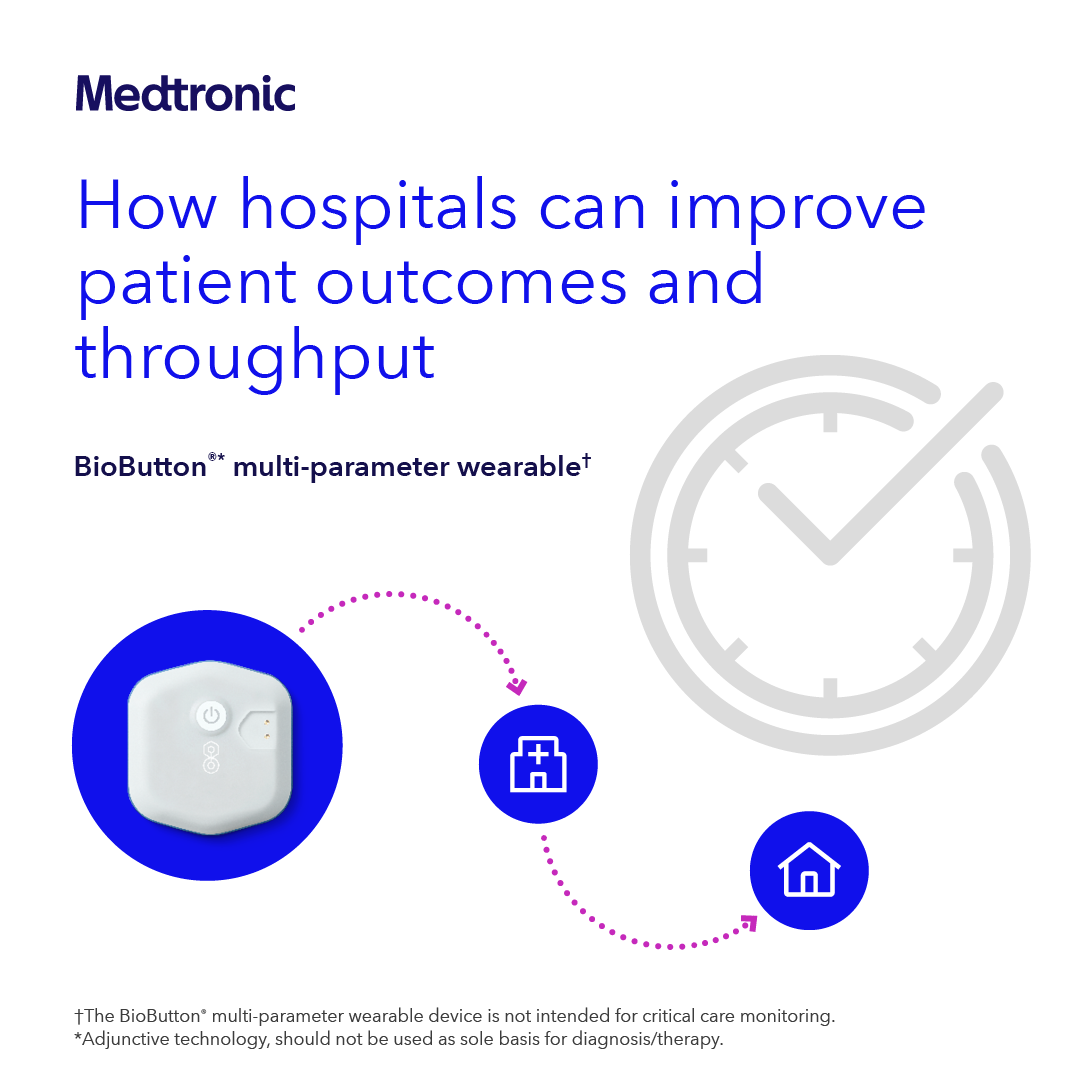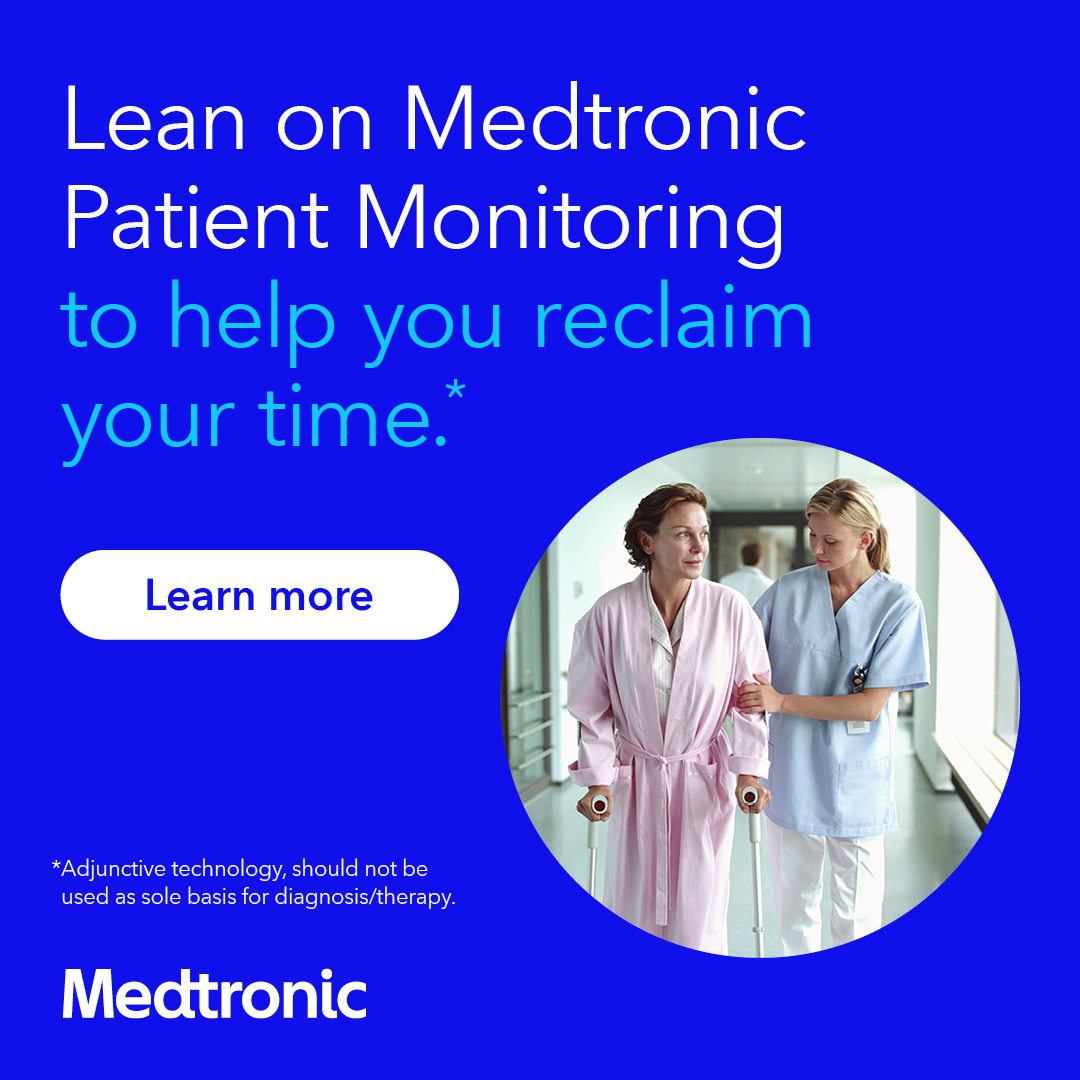The Fine Art of Oral Communication

Processes have become more automated with less person-to-person interaction. The advent of text messaging is rapidly decreasing oral communications.
It is estimated that over 18 billion text messages are sent worldwide each day (shso.vermont.gov). Additionally, apps like Facebook and Instagram increase family and friend connections but further diminish the need for oral or face-to-face communications.
As a nation, we are increasingly relying on written forms of communication. It has been said that we are losing the fine art of oral communication.
Communication involves the transfer of information and may be done in verbal, nonverbal, visual, and written formats. All forms of communication are utilized in healthcare, and all must be utilized effectively to ensure patients, families, and healthcare providers achieve the best results.
Effective communication improves the quality of care and patient outcomes, enhances the patient experience, improves patient satisfaction scores, reduces the cost of healthcare, and reduces stress for clinicians, and prevents burnout (hippajournal.com).
Of great concern is the decrease in oral communication, which is crucial for effectively relaying and sharing information, managing conflict, and negotiating effective resolutions with patients, families, and other healthcare providers.
The Joint Commission Sentinel Event Alert (Issue 58, 9/12/2017) noted that in 2016, hand-off communication failures in U.S. hospitals and medical practices were responsible for 30% of all malpractice claims, resulting in 1,744 deaths and $1.7 billion in malpractice costs over five years. The communication errors occurred for a multitude of reasons, including ineffective communication methods, poor timing between sender and receiver, interruptions, disruptions, and insufficient or misleading information.
Oral communication is truly an art that must be mastered to be effective. Key tools for effective oral communication include the tone of voice, the frequency of words, word choices, nonverbal communications, timing, and of course, listening skills.
If any of these tools are missing or ineffective, the listener may not understand key concepts, resulting in misunderstanding, misinformation, confusion, frustration, conflict, and possibly mistrust. All of which could cause serious problems for patients, families, new staff members, and the organization.
Improving your oral communication skills takes practice but is doable and can significantly improve the effectiveness of your communication and could also save lives.
- such as using the mnemonic SBAR (situation, background, assessment, and recommendation);
- use language that is appropriate for the patient, family, or healthcare provider; pay attention to the tone and pitch of your voice;
- the frequency at which you speak;
- be conscious of your nonverbal communication because if what you say does not match your nonverbals your intent may be misinterpreted;
- speak with confidence because it helps when relaying your message;
- and lastly, employing active listening by maintaining eye contact and asking clarification questions.
As your oral communication skills increase, you will note improvements in your ability to provide patient education, precept new staff members, and effectively relay crucial information to other healthcare providers. Effective communication is crucial in all realms of life, especially in the healthcare arena.
Take the time to master the fine art of communication; you and those with whom you interact will reap the benefits.



